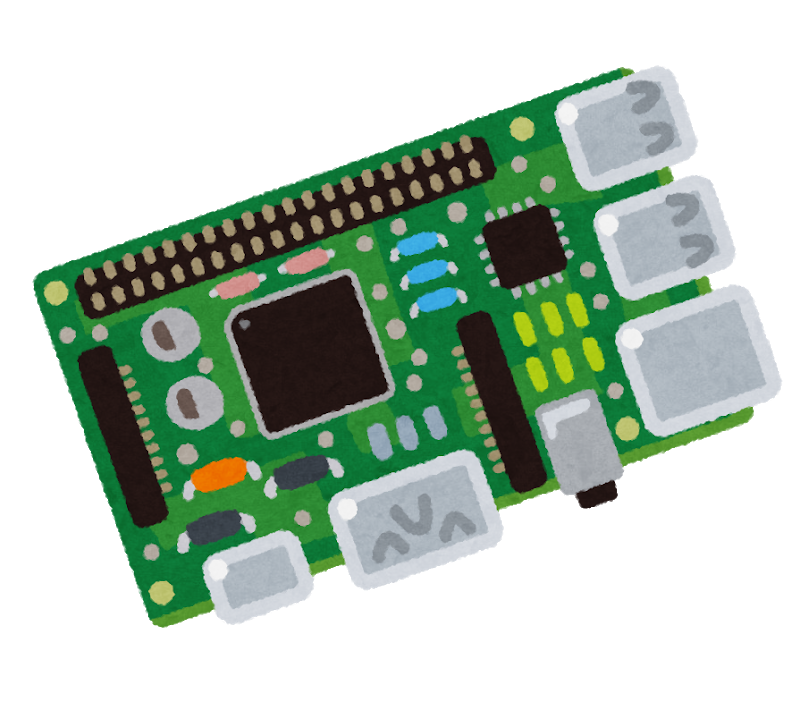

Thanks - I have now! It looks like updates of repos I’ve stared? But I’ll never go there again, and suggest OP not do that either if it’s upsetting to them. I just go to my profile, or the project I’m interested in.


Thanks - I have now! It looks like updates of repos I’ve stared? But I’ll never go there again, and suggest OP not do that either if it’s upsetting to them. I just go to my profile, or the project I’m interested in.
I’m local first - stuff I’m testing, playing with, or “production” stuff like Jellyfin, Forgeo, AudioBookshelf, Kavita etc etc. Local is faster, more secure, and storage is cheap. But then some of my other stuff that needs 24/7 access from the internet - websites and web apps - they go on the VPS.


Wait, there’s a GitHub “feed”?
None of the bad things mentioned here have happened to me using GitHub on the daily. Totes agree it’s probably not great to depend on a business for free hosting, but it’s also pretty straightforward to move in the future if needed.
I just do one Docker container per LXC. All the convenience of compose, plus those sweet Proxmox snapshots.
I run one docker container per (Debian) LXC. I know it’s got layers like ogres, but I like being able to move them around with the snapshot backups - this is the advantage vs having a single VM with a heap of containers running on it.


Sorry to have nostalgia in a post about games not needing it, but wow - the enjoyable hours I put into LocoRoco! Totally agree though - unique mechanic, and chef’s kiss execution.
Doki Doki Literature Club is a fun dating sim, but it has slightly more emotional breadth than that, so it might pass this test.
Is there a reason not to use Tailscale for this?


Great job on the banner - I could hear the theme in my head.


When I switched to webdev, I dropped $20 on a system admin Linux course on Udemy. I highly recommended this approach.



Forgejo - actively developed open source. It’s what powers Codeberg. Easy to set up and manage with Docker. I moved to it from Gogs and skipped Gitea after reading about the forks.


+1 for Uptime Kuma. I use it in conjunction with a tiny Go endpoint that exposes memory, disk and cpu. And, like @iii I use ntfy for notifications. I went down the Grafana/Influx etc route - and had a heap of fun making a dashboard, but then never looked at it. With my two Kuma instances (one on a VPS and one in my homelab) in browser tabs, and ntfy for notifications on my watch, I feel confidently across the regular things that can go wrong.


You can be logged into a website in one container, but in all the other containers you appear logged out. So you might want to have a Facebook container where you use Facebook, but then they’re not able to track your activity in the other containers.


Me in the break room stopping the microwave before the beeps:
Here future microwave user, have these free nine seconds I’m leaving you.
Me finding the timer is not cleared when I want to use the microwave:
Ugh, now I have to press the reset button before I can enter the length of time to warm my lunch. Who was the accursed person who left time on here?


Also disappointing to see such a click-bait-y headline from the Guardian.
It is only resolving for devices in the Tailnet. Kuma is checking they are all up, and this Ansible playbook is checking they have all their updates. I wouldn’t have thought that was an unusual arrangement - and it’s worked perfectly for about a year till about three weeks ago.
Season 2